N. KOREA RESPONDS TO EXTENDED JOINT DRILL
입력 2022.11.04 (15:21)
수정 2022.11.04 (16:45)
읽어주기 기능은 크롬기반의
브라우저에서만 사용하실 수 있습니다.
[Anchor Lead]
North Korea has responded with the firing of ballistic missiles during night hours to Seoul and Washington's decision to extend the joint aerial drill Vigilant Storm aimed at countering Pyongyang's continuous missile provocations. The North also fired artillery shells from Kangwon-do Province, violating the 2018 inter-Korean military agreement. North Korean military officials say the decision to extend the drill was a huge mistake.
[Pkg]
North Korea's missile provocations continued on Thursday night. The South Korean military detected three short-range ballistic missiles fired into the East Sea from Koksan, Hwanghae-do Province between 9:35 p.m. and 9:49 p.m. The projectiles flew about 490km at 130km altitude, Speed Mach 6. The regime also fired some 80 artillery rounds into the East Sea from Kumkang, Kangwon-do Province, at around 11:30 p.m. Thursday. The shells landed on the northern side of the maritime buffer zone of the NLL designated under the 2018 inter-Korean military agreement. The Joint Chiefs of Staff sent a warning to the North urging it to stop artillery firing, which constitutes a clear violation of the agreement. Pyongyang fired the missiles right after its senior military official and secretary of the Workers Party's Central Committee, Pak Jong-chon, issued a statement around 8:40 p.m. Thursday. Pak's statement says the decision to extend the Vigilant Storm joint drill is extremely dangerous and wrong. It added that Seoul and Washington are pushing the situation out of control and have made a huge, irreversible mistake. The reclusive state fired an ICBM of a new type into the East Sea at 7:40 a.m. Thursday from Sunan, Pyongyang. It flew 760km at an apogee of 1,920km and a top speed of Mach 15. If fired from a normal angle instead of a high angle, its range is believed to surpass the ICBM's normal range of 5,500km. The missile went through the second stage separation, but it failed to pick up speed and apparently ended in failure. South Korea's military believes the projectile could be the Hwasong-17, a new type of ICBM. It's the first attempt to fire it in five months.
[Soundbite] Kim Jun-rak(Joint Chiefs of Staff) : "It's a grave provocation jeopardizing peace and stability on the Korean Peninsula and in the international community, and a clear violation of the UNSC resolutions. We strongly condemn it and urge to stop provocations immediately."
The South Korean military decided to extend the joint aerial drill Vigilant Storm, initially slated to end on Friday, in response to Pyongyang's severe provocations. The military is preparing for additional provocations from the North.
North Korea has responded with the firing of ballistic missiles during night hours to Seoul and Washington's decision to extend the joint aerial drill Vigilant Storm aimed at countering Pyongyang's continuous missile provocations. The North also fired artillery shells from Kangwon-do Province, violating the 2018 inter-Korean military agreement. North Korean military officials say the decision to extend the drill was a huge mistake.
[Pkg]
North Korea's missile provocations continued on Thursday night. The South Korean military detected three short-range ballistic missiles fired into the East Sea from Koksan, Hwanghae-do Province between 9:35 p.m. and 9:49 p.m. The projectiles flew about 490km at 130km altitude, Speed Mach 6. The regime also fired some 80 artillery rounds into the East Sea from Kumkang, Kangwon-do Province, at around 11:30 p.m. Thursday. The shells landed on the northern side of the maritime buffer zone of the NLL designated under the 2018 inter-Korean military agreement. The Joint Chiefs of Staff sent a warning to the North urging it to stop artillery firing, which constitutes a clear violation of the agreement. Pyongyang fired the missiles right after its senior military official and secretary of the Workers Party's Central Committee, Pak Jong-chon, issued a statement around 8:40 p.m. Thursday. Pak's statement says the decision to extend the Vigilant Storm joint drill is extremely dangerous and wrong. It added that Seoul and Washington are pushing the situation out of control and have made a huge, irreversible mistake. The reclusive state fired an ICBM of a new type into the East Sea at 7:40 a.m. Thursday from Sunan, Pyongyang. It flew 760km at an apogee of 1,920km and a top speed of Mach 15. If fired from a normal angle instead of a high angle, its range is believed to surpass the ICBM's normal range of 5,500km. The missile went through the second stage separation, but it failed to pick up speed and apparently ended in failure. South Korea's military believes the projectile could be the Hwasong-17, a new type of ICBM. It's the first attempt to fire it in five months.
[Soundbite] Kim Jun-rak(Joint Chiefs of Staff) : "It's a grave provocation jeopardizing peace and stability on the Korean Peninsula and in the international community, and a clear violation of the UNSC resolutions. We strongly condemn it and urge to stop provocations immediately."
The South Korean military decided to extend the joint aerial drill Vigilant Storm, initially slated to end on Friday, in response to Pyongyang's severe provocations. The military is preparing for additional provocations from the North.
■ 제보하기
▷ 카카오톡 : 'KBS제보' 검색, 채널 추가
▷ 전화 : 02-781-1234, 4444
▷ 이메일 : kbs1234@kbs.co.kr
▷ 유튜브, 네이버, 카카오에서도 KBS뉴스를 구독해주세요!
- N. KOREA RESPONDS TO EXTENDED JOINT DRILL
-
- 입력 2022-11-04 15:21:15
- 수정2022-11-04 16:45:04
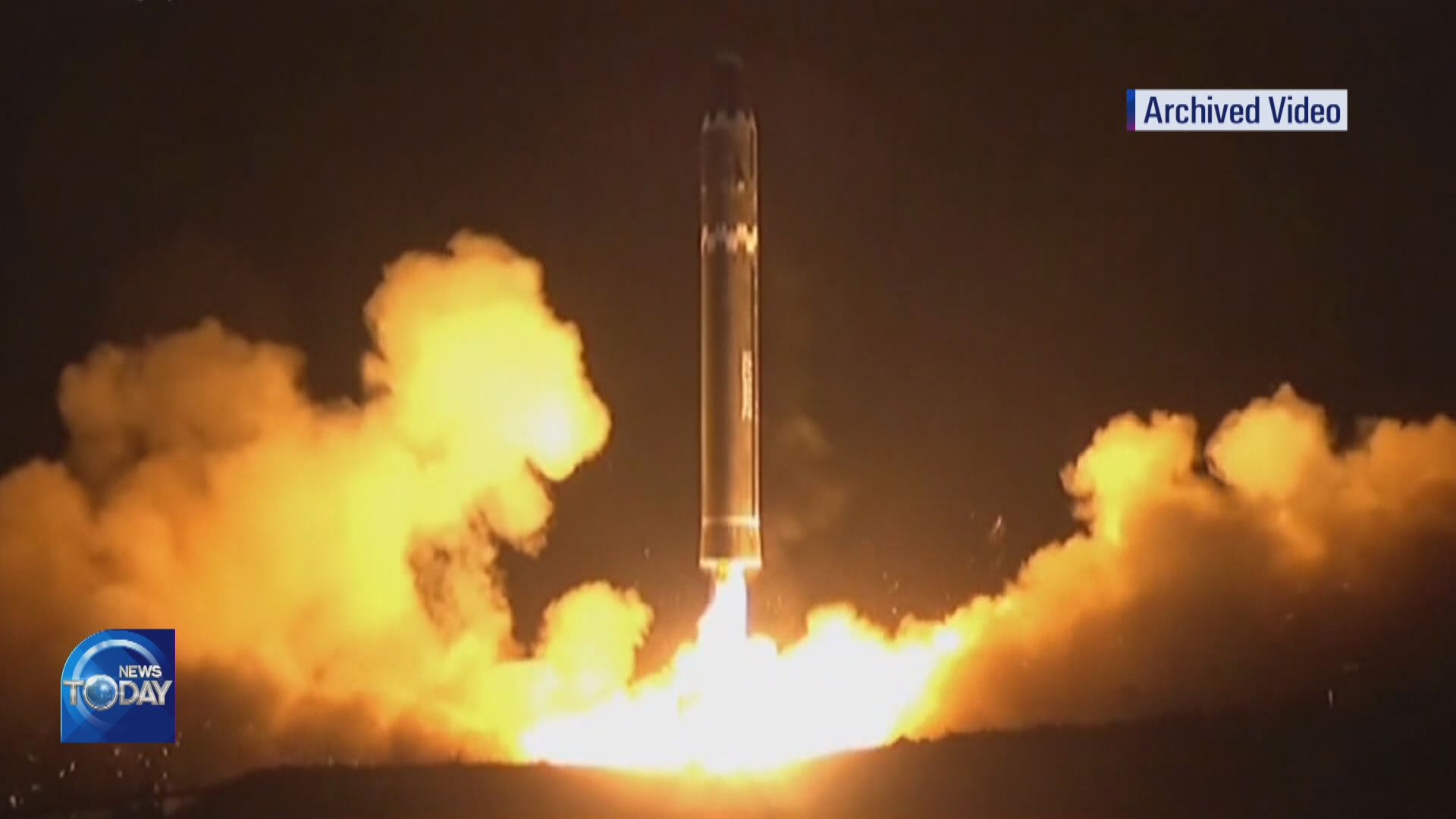
[Anchor Lead]
North Korea has responded with the firing of ballistic missiles during night hours to Seoul and Washington's decision to extend the joint aerial drill Vigilant Storm aimed at countering Pyongyang's continuous missile provocations. The North also fired artillery shells from Kangwon-do Province, violating the 2018 inter-Korean military agreement. North Korean military officials say the decision to extend the drill was a huge mistake.
[Pkg]
North Korea's missile provocations continued on Thursday night. The South Korean military detected three short-range ballistic missiles fired into the East Sea from Koksan, Hwanghae-do Province between 9:35 p.m. and 9:49 p.m. The projectiles flew about 490km at 130km altitude, Speed Mach 6. The regime also fired some 80 artillery rounds into the East Sea from Kumkang, Kangwon-do Province, at around 11:30 p.m. Thursday. The shells landed on the northern side of the maritime buffer zone of the NLL designated under the 2018 inter-Korean military agreement. The Joint Chiefs of Staff sent a warning to the North urging it to stop artillery firing, which constitutes a clear violation of the agreement. Pyongyang fired the missiles right after its senior military official and secretary of the Workers Party's Central Committee, Pak Jong-chon, issued a statement around 8:40 p.m. Thursday. Pak's statement says the decision to extend the Vigilant Storm joint drill is extremely dangerous and wrong. It added that Seoul and Washington are pushing the situation out of control and have made a huge, irreversible mistake. The reclusive state fired an ICBM of a new type into the East Sea at 7:40 a.m. Thursday from Sunan, Pyongyang. It flew 760km at an apogee of 1,920km and a top speed of Mach 15. If fired from a normal angle instead of a high angle, its range is believed to surpass the ICBM's normal range of 5,500km. The missile went through the second stage separation, but it failed to pick up speed and apparently ended in failure. South Korea's military believes the projectile could be the Hwasong-17, a new type of ICBM. It's the first attempt to fire it in five months.
[Soundbite] Kim Jun-rak(Joint Chiefs of Staff) : "It's a grave provocation jeopardizing peace and stability on the Korean Peninsula and in the international community, and a clear violation of the UNSC resolutions. We strongly condemn it and urge to stop provocations immediately."
The South Korean military decided to extend the joint aerial drill Vigilant Storm, initially slated to end on Friday, in response to Pyongyang's severe provocations. The military is preparing for additional provocations from the North.
North Korea has responded with the firing of ballistic missiles during night hours to Seoul and Washington's decision to extend the joint aerial drill Vigilant Storm aimed at countering Pyongyang's continuous missile provocations. The North also fired artillery shells from Kangwon-do Province, violating the 2018 inter-Korean military agreement. North Korean military officials say the decision to extend the drill was a huge mistake.
[Pkg]
North Korea's missile provocations continued on Thursday night. The South Korean military detected three short-range ballistic missiles fired into the East Sea from Koksan, Hwanghae-do Province between 9:35 p.m. and 9:49 p.m. The projectiles flew about 490km at 130km altitude, Speed Mach 6. The regime also fired some 80 artillery rounds into the East Sea from Kumkang, Kangwon-do Province, at around 11:30 p.m. Thursday. The shells landed on the northern side of the maritime buffer zone of the NLL designated under the 2018 inter-Korean military agreement. The Joint Chiefs of Staff sent a warning to the North urging it to stop artillery firing, which constitutes a clear violation of the agreement. Pyongyang fired the missiles right after its senior military official and secretary of the Workers Party's Central Committee, Pak Jong-chon, issued a statement around 8:40 p.m. Thursday. Pak's statement says the decision to extend the Vigilant Storm joint drill is extremely dangerous and wrong. It added that Seoul and Washington are pushing the situation out of control and have made a huge, irreversible mistake. The reclusive state fired an ICBM of a new type into the East Sea at 7:40 a.m. Thursday from Sunan, Pyongyang. It flew 760km at an apogee of 1,920km and a top speed of Mach 15. If fired from a normal angle instead of a high angle, its range is believed to surpass the ICBM's normal range of 5,500km. The missile went through the second stage separation, but it failed to pick up speed and apparently ended in failure. South Korea's military believes the projectile could be the Hwasong-17, a new type of ICBM. It's the first attempt to fire it in five months.
[Soundbite] Kim Jun-rak(Joint Chiefs of Staff) : "It's a grave provocation jeopardizing peace and stability on the Korean Peninsula and in the international community, and a clear violation of the UNSC resolutions. We strongly condemn it and urge to stop provocations immediately."
The South Korean military decided to extend the joint aerial drill Vigilant Storm, initially slated to end on Friday, in response to Pyongyang's severe provocations. The military is preparing for additional provocations from the North.
이 기사가 좋으셨다면
-
좋아요
0
-
응원해요
0
-
후속 원해요
0










![[HEADLINE]](https://news.kbs.co.kr/data/news/title_image/newsmp4/news_today/2022/11/04/10_5593896.jpeg)
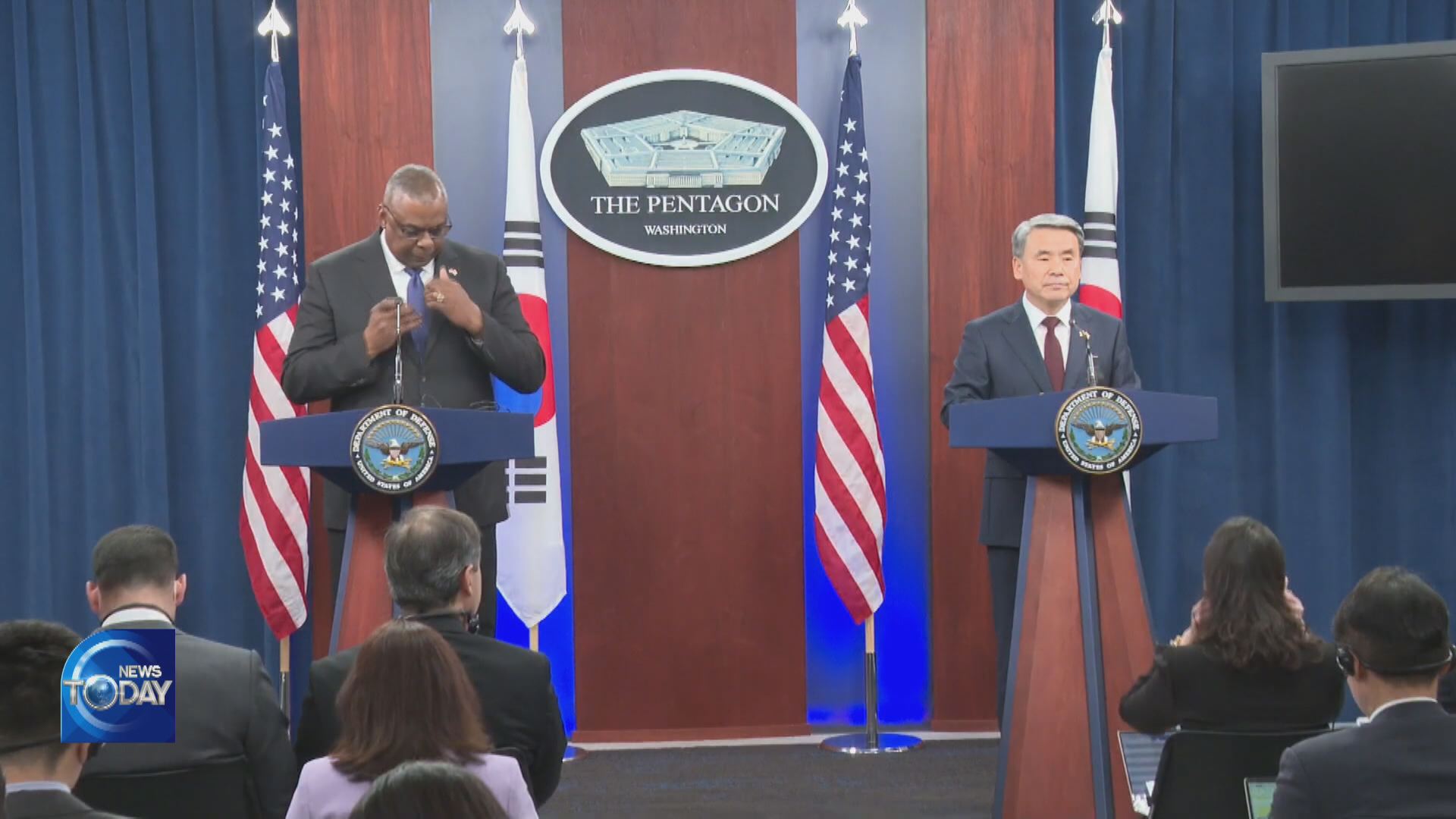

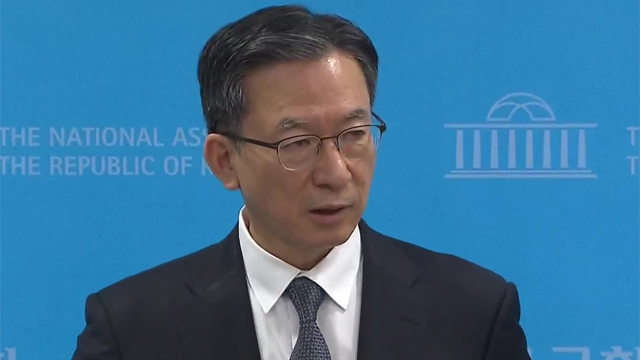
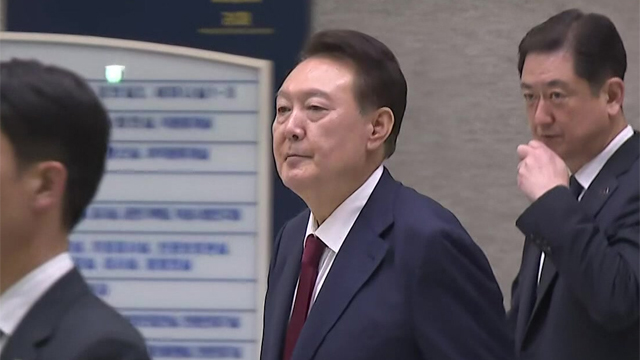
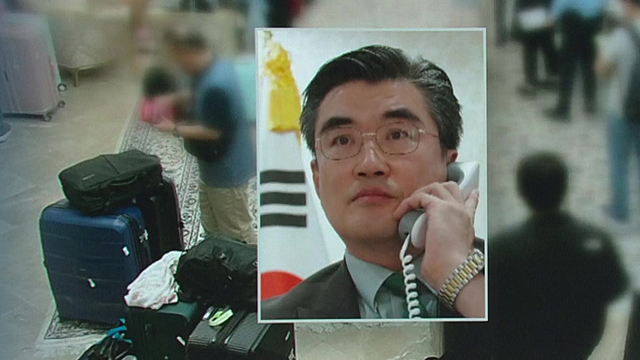

이 기사에 대한 의견을 남겨주세요.